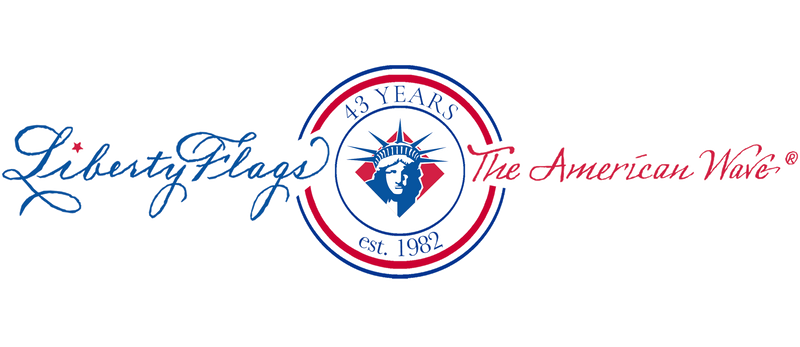Related Links...
NASA Created — July 29, 1958
NASA's First — The Mercury Seven
Mariner 4 — The Mars Flyby
Gemini IV — The First American Spacewalk
1969 Apollo 11 Moon Landing, The First Man on the Moon
Apollo 12 — November 1969
Locating Planet-X (Pluto)
Challenger 1984 — The First Untethered Space Walk
Viking 1 — The First Mars Landing

On October 11, 1968, NASA achieved a major milestone in the history of space exploration with the launch of Apollo 7, the first crewed mission of the Apollo program. This mission marked a critical step in the United States' race to the moon and demonstrated the feasibility of sending humans to the lunar surface. Apollo 7 was a resounding success, showcasing the remarkable precision and innovation that characterized the entire Apollo program.
Setting the Stage
The Apollo program was initiated in 1961, with the ambitious goal of landing humans on the moon and safely returning them to Earth.
However, the program had faced several setbacks and challenges during its early missions that were eroding public confidence and support; including the tragic Apollo 1 fire that claimed the lives of astronauts Gus Grissom, Ed White, and Roger B. Chaffee.
The success of Apollo 7 was crucial to restoring confidence in the program and advancing toward the lunar landing.

Crew and Spacecraft
Apollo 7 was commanded by Walter M. Schirra, a seasoned astronaut who had previously flown on Mercury and Gemini missions.
He was joined by command module pilot Donn F. Eisele and lunar module pilot Walter Cunningham.
The mission utilized the Apollo Command and Service Module (CSM), which consisted of the command module (CM) and the service module (SM).
This mission marked the first time that the CSM had been flown with a crew, making it a crucial test of the spacecraft's systems and capabilities.
Objectives of Apollo 7
The primary objectives of Apollo 7 were to test the Apollo spacecraft's performance in Earth orbit — including tests of the navigation, propulsion, communication, and life support systems.
The mission aimed to validate the spacecraft's ability to safely support a crew for an extended duration — a fundamental requirement for the upcoming lunar missions.
Apollo 7 had originally been planned as an Earth orbital test flight for the Apollo lunar module. However, there were delays in the lunar module's development, so the mission was reconfigured to focus solely on the command module.

A Remarkable Success
Apollo 7 launched from Kennedy Space Center on October 11, 1968, and entered Earth's orbit.
Over the course of 11 days the crew performed a wide range of tasks including the aforementioned tests, conducting live television broadcasts to Earth, and observing the Earth's surface and atmosphere.
The crew also demonstrated the use of the spacecraft's propulsion system to adjust its orbit, a crucial skill for future lunar missions.
In retrospect, one of the most important achievements of Apollo 7 may have come via the live broadcasts from space. This marked the first time that television viewers on Earth could watch astronauts in real-time as they worked in the weightlessness of space. These broadcasts captured the imaginations of people around the world and contributed to the public's support for the Apollo program.
The crew of Apollo 7 returned to Earth on October 22, 1968, splashing down safely in the Atlantic Ocean.
The mission was a resounding success, achieving all of its objectives and demonstrating the readiness of the Apollo spacecraft for the next phase of exploration.
Legacy and Impact
Apollo 7 demonstrated NASA's resilience and ability to adapt to circumstances and overcome major challenges.
Most influentially, the success of Apollo 7 paved the way for subsequent Apollo missions, including the historic Apollo 11 moon landing in 1969.
The knowledge gained from this mission, particularly in spacecraft systems and crew operations, was instrumental in ensuring the safety and success of the lunar missions that followed.

Share Your Pictures With Us!
Send us your pictures of your own American flags, flagpoles, ropes, or other accessories! We would be honored to feature your photography in our blog or on Facebook. Remember, photos of damaged flags and accessories are valuable, too.
Was this information useful to you?
Do you have suggestions for information you'd like to see here? If so, please send them our way!
Please send all of your suggestions or questions to service@LibertyFlags.com. We want to hear from you!
Have a great day, from your friends at LIBERTY FLAGS, The American Wave®.

